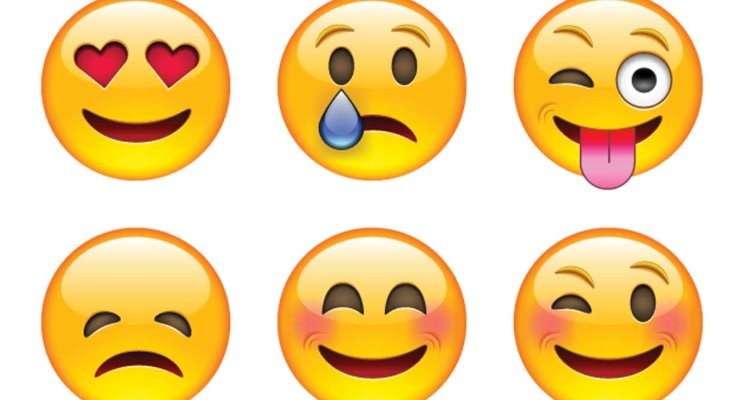Emojis may be the most versatile thing on our keyboards. While they can not express long sentences or paragraphs, they can convey basic feelings that otherwise can not be expressed easily with words or sentences. And, by mixing and matching different emojis(this is a feature that some keyboards offer), you can get even more meaning out of these silly faces and pictures.
For those who have been living under a rock for multiple decades, emojis are little pictures of faces and other things, that are designed to show emotions. They help us show our feelings more easily. For example, I happen to think that showing the emotion of being surprised is quite difficult through text. That is why I use the surprised/shocked face to show it. Also, by mixing emojis together, you can express either more than one emotion with a single picture, or show certain characters feeling those emotions, like a cowboy being sad, instead of the user. This can add more meaning to them, or it can make them funnier and more iconic.
In addition, I have found that laughing through text is fairly hard. When I press random keys and write random things, it looks very stupid. When I repeat a short string of characters, like “asd” or “qwe”, it shows how much you laughed more accurately, but it looks stupid too. Using “haha” or similar things can also be misinterpreted by other people because it can easily seem like you are trying to show irony or satire. Now what? Am I supposed to use the laughing emoji?
This brings me to my next point, which is that the emojis that a person uses show what type of person they are. For example, if someone uses the laughing-crying emoji unironically, there is no chance that they are under the age of fifty. Likewise, if someone uses the skull emoji after every sentence, they are probably avid users of social media programs like Tiktok. The uses I listed can leave a bad impression on other people.

Emojis are so powerful that sometimes, text tries to imitate it. If you have ever seen or used characters like “:)” or “>:(“, you know what I am talking about. These are called emoticons and they are composed of ASCII characters(the characters that are a part of alphabets of different languages, or punctuation), so they can be used in places where normal emojis can not be used. These also have the same effect as emojis, helping us convey our emotions more efficiently, and allowing us to understand how a person acts like, more easily. As an example of this, if a person uses “:3” or “UwU”(both representing “cute” faces), they are likely to be a “softer” person. You can also add other characters to these, creating things like “>:3” which express multiple feelings.
In conclusion, emojis help us show our emotions better and more efficiently. They also help us realize what a person is like in real life. These are generally positive effects of emojis.

